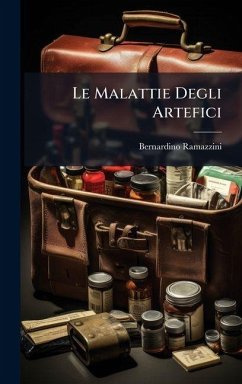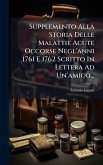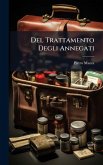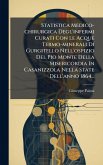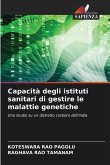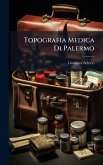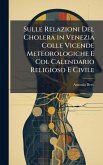"Le Malattie Degli Artefici" is a treatise by Bernardino Ramazzini, originally composed in Latin and translated into Italian by Abbot Chiari of Pisa. This historical work delves into the illnesses and health concerns specific to various trades and professions during the late 17th and early 18th centuries. Ramazzini meticulously documents the diseases afflicting artisans and laborers, offering insights into the environmental and ergonomic factors impacting their well-being. This edition provides a valuable resource for historians of medicine, occupational health specialists, and those interested in the social and economic conditions of workers in early modern Italy. Ramazzini's detailed observations and analyses highlight the importance of understanding the relationship between work and health, making this text a significant contribution to the field of public health and labor history. This edition preserves the original Italian translation, offering a faithful representation of Ramazzini's groundbreaking work. This work has been selected by scholars as being culturally important, and is part of the knowledge base of civilization as we know it. This work was reproduced from the original artifact, and remains as true to the original work as possible. Therefore, you will see the original copyright references, library stamps (as most of these works have been housed in our most important libraries around the world), and other notations in the work. This work is in the public domain in the United States of America, and possibly other nations. Within the United States, you may freely copy and distribute this work, as no entity (individual or corporate) has a copyright on the body of the work. As a reproduction of a historical artifact, this work may contain missing or blurred pages, poor pictures, errant marks, etc. Scholars believe, and we concur, that this work is important enough to be preserved, reproduced, and made generally available to the public. We appreciate your support of the preservation process, and thank you for being an important part of keeping this knowledge alive and relevant.
Bitte wählen Sie Ihr Anliegen aus.
Rechnungen
Retourenschein anfordern
Bestellstatus
Storno

